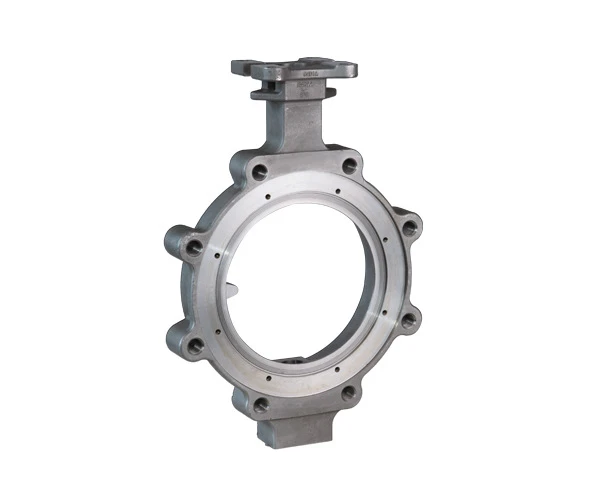Exploring the Advantages and Applications of Die Cast Components in Modern Manufacturing
Understanding Die Cast Components A Comprehensive Overview
Die casting is a manufacturing process that involves forcing molten metal into a mold cavity under high pressure. This technique is widely used in the production of complex and detailed shapes, making it an essential component in various industries such as automotive, aerospace, electronics, and consumer products. The die cast components produced through this process offer several advantages, including high dimensional accuracy, excellent surface finish, and the ability to produce intricate designs with relative ease.
The Die Casting Process
The die casting process begins with the preparation of the die, which is typically made from hardened steel or other durable materials. The die consists of two halves that come together to form a cavity where the molten metal will be injected. Before the injection, the die is coated with a lubricant to facilitate the removal of the component after it cools and solidifies.
Once the die is prepped, molten metal—commonly aluminum, zinc, or magnesium—is injected into the cavity under extreme pressure, often exceeding 10,000 psi. This pressure ensures that the metal fills even the most intricate details of the mold. After the metal cools and solidifies, the die halves are separated, and the finished die cast component is ejected. This process can be repeated rapidly, allowing high production rates for manufacturing.
Advantages of Die Cast Components
1. Precision and Accuracy Die casting allows for tight tolerances, typically within ±0.005 inches, which is essential for components that require a precise fit in assemblies. This accuracy reduces the need for additional machining or finishing processes, saving both time and costs.
2. Surface Finish The die casting process yields components with excellent surface finishes, often eliminating the need for post-production polishing. This is particularly advantageous in aesthetics-driven applications, such as consumer electronics and automotive trim, where appearance is critical.
die cast component

3. Complex Geometries The high-pressure injection process can produce complex shapes that would be difficult or even impossible to achieve with other manufacturing methods. Die casting can create features like thin walls, intricate ribs, and undercuts.
4. Material Efficiency Die casting is known for its material efficiency. The process produces minimal waste, as the majority of the injected metal becomes part of the final product. Additionally, leftover scrap metal can often be recycled and reused in the production process.
5. Rapid Production Die casting is not only efficient in terms of material usage but also in speed. Once a mold is created, the cycle time for producing a single component can be as short as 15 to 30 seconds, making it ideal for high-volume production runs.
Applications of Die Cast Components
Die cast components are ubiquitous across various industries. In the automotive sector, they are used for making engine blocks, transmission cases, and various supporting structures. In consumer electronics, die castings can be found in casings for smartphones, laptops, and other devices, where both durability and weight are crucial. Meanwhile, in the aerospace industry, die cast parts are utilized for their lightweight and strong properties, contributing to efficient aircraft design.
Conclusion
Die casting is a versatile and efficient manufacturing process that produces high-quality components for a wide range of applications. The benefits of precision, surface finish, and design flexibility make it an attractive option for manufacturers around the globe. As industries continue to evolve and demand more advanced solutions, die cast components will remain an integral part of modern manufacturing, driving innovation and efficiency across sectors. Understanding the complexities and advantages of die casting is essential for anyone involved in the production or design of components requiring durability, precision, and performance.
-
OEM Sand Cast Pump Valve Fittings - Baoding Hairun Machinery And Equipment Trading Co., Ltd.NewsAug.01,2025
-
Custom OEM Impellers | High Efficiency & PrecisionNewsAug.01,2025
-
OEM Sand Cast Pump Valve Fittings - Baoding Hairun Machinery | Customization, Quality AssuranceNewsAug.01,2025
-
OEM Sand Cast Pump Valve Fittings - Baoding Hairun Machinery And Equipment Trading Co., Ltd.NewsAug.01,2025
-
OEM Sand Cast Pump Valve Fittings - Baoding Hairun Machinery And Equipment Trading Co., Ltd.NewsJul.31,2025
-
OEM Sand Cast Pump Valve Fittings - Baoding Hairun | Precision Engineering, CustomizableNewsJul.30,2025















